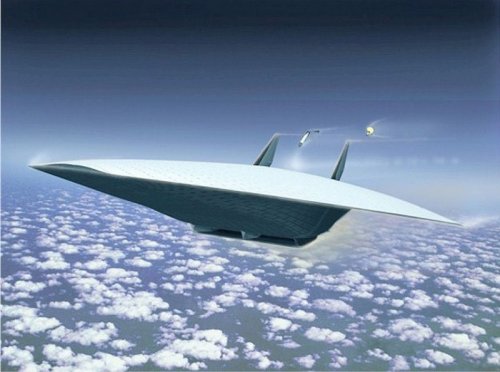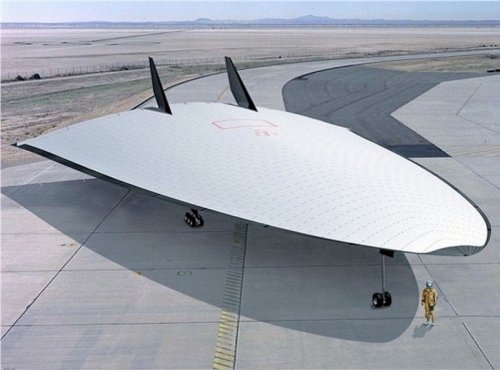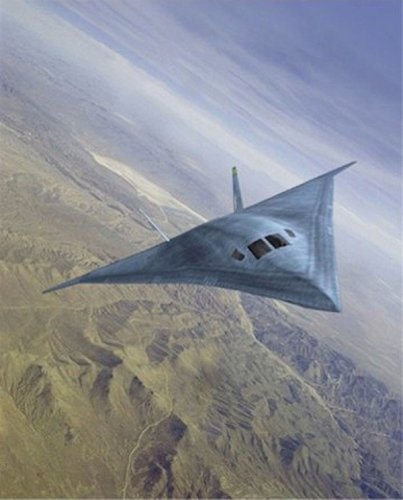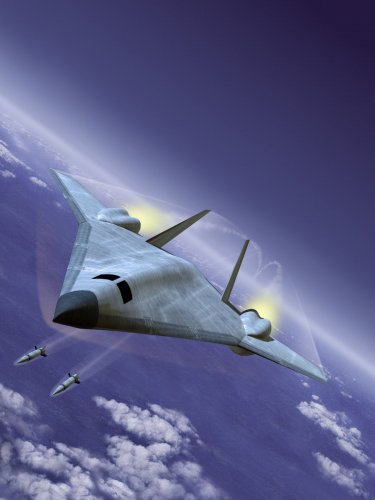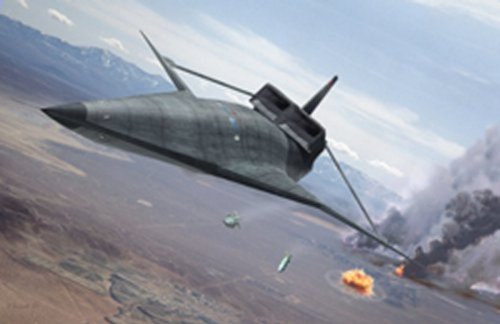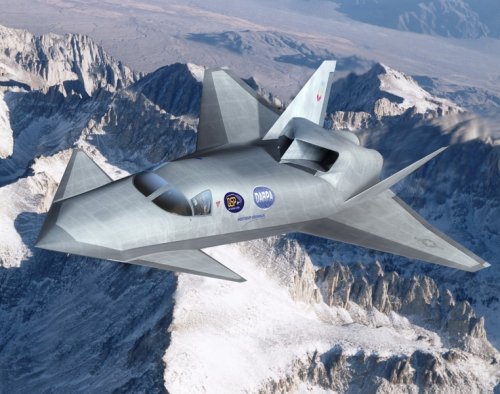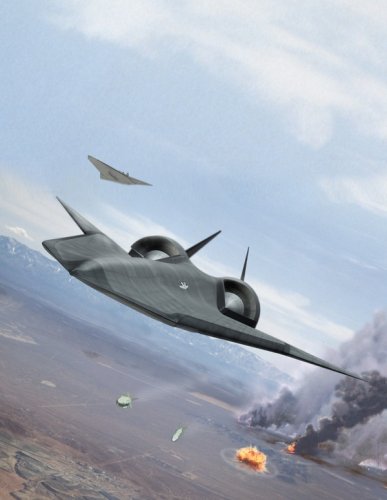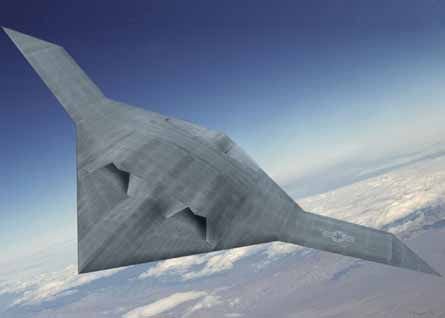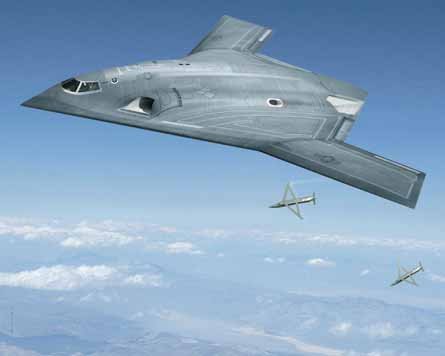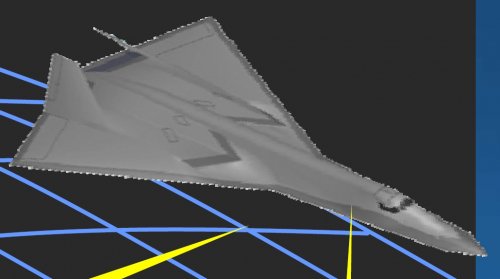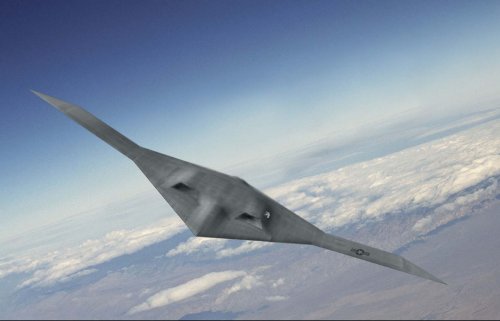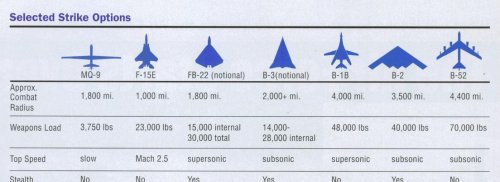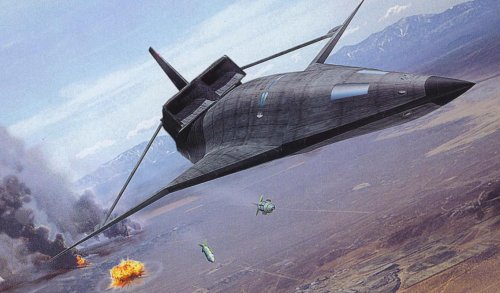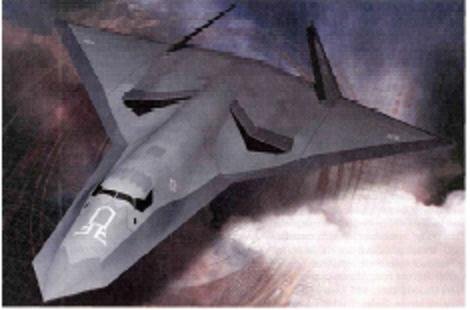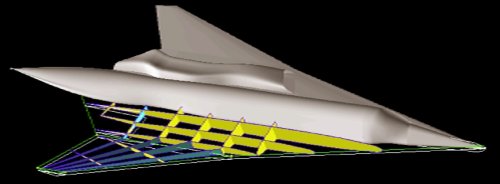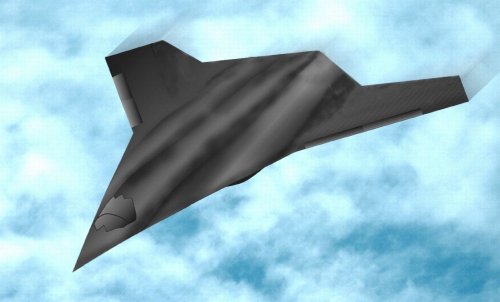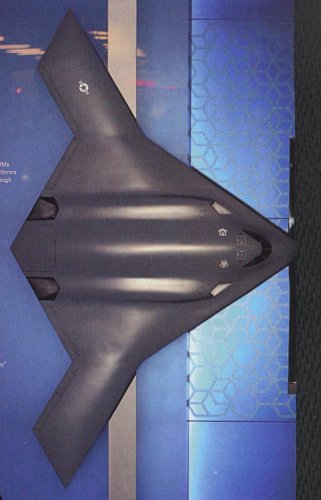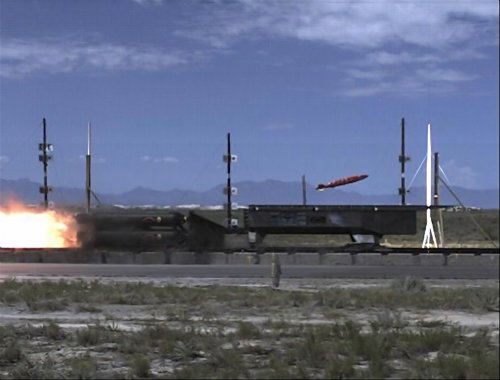Boeing and AFRL Demonstrate First-Ever Supersonic Munitions Release
ST. LOUIS, Nov. 26, 2007 -- Boeing [NYSE: BA] and the U.S. Air Force have successfully demonstrated how an innovative application of a technology called active flow control enables -- for the first time -- munitions to be safely released from a weapons bay at high supersonic speeds.
During a recent test at the High-Speed Test Track at Holloman Air Force Base, N.M., researchers from Boeing Phantom Works and the Air Force Research Laboratory used a rocket sled and active flow control to successfully release a MK-82 Joint Direct Attack Munition Standard Test Vehicle at a speed of about Mach 2 (twice the speed of sound) from a weapons bay with a size approximating that of the U.S. Air Force B-1 bomber.
"Active flow control technology will enable safe separation of weapons from weapons bays of future high speed aircraft," said Jim Grove, AFRL program manager for High Frequency Excitation Active Flow Control for Supersonic Weapon Release, or HIFEX. "This program also demonstrates that sled testing can provide a lower risk technology evaluation alternative to flight testing in this complex, high risk environment," Grove said.
The active flow control configuration used in the HIFEX rocket sled test is a tandem array of microjets upstream of the weapons bay. Wind tunnel testing indicated that, without active flow control, the JDAM test vehicle would have returned to the bay.
"As it was, the active flow control microjets reduced the unsteady pressures inside the weapons bay and modified the flow outside the bay to ensure that the test vehicle went out of the rocket sled nose up," said Bill Bower, Boeing Phantom Works program manager for HIFEX.
The release of the test vehicle from the rocket sled bay was actually a bigger challenge than a release from an aircraft bay at altitude would be, Bower said. That's because for an aircraft there would be a reduced dynamic pressure, less vibration than on the rocket sled, and more time to release a store while the aircraft sustains supersonic speed.
The sled used in the HIFEX test was designed by the U. S. Air Force 846th Test Squadron and the Support Systems unit of Boeing Integrated Defense Systems. At 65,700 pounds, it was 26,000 pounds heavier than any sled tested in more than 10 years but was faster by 400 feet per second. In the 57-year history of the Holloman High-Speed Test Track, it was the heaviest sled train to reach Mach 2.
Powered by two pusher sleds, the HIFEX sled achieved thrusts of 438,000 pounds for about 5.9 seconds on the first stage, 575,000 pounds for about 3 seconds on the second stage, and 115,000 pounds for about 3.6 seconds on the third stage. The JDAM test vehicle was dispensed during peak velocity, which was about 2,000 feet per second. The sled train accelerated to more than 13 g's to get to peak velocity, then decelerated at 7.5 g's for more than a mile to stop.
AFRL is collaborating with the Aeronautical Systems Center to fund full-scale validation testing of the HIFEX concept to demonstrate that active flow control can do what a weapons bay spoiler (passive control) cannot.
The HIFEX program began in 2001 under the Defense Advanced Research Projects Agency Tactical Technology Office. DARPA and Boeing conducted eight wind tunnel tests to develop the active flow control concept and conducted design, fabrication and preliminary testing of the full-scale rocket sled demonstrator. In January 2007, DARPA transferred the HIFEX program to AFRL.
Boeing, the U.S. Air Force 846th Test Squadron, Waveflows, and EPIC Systems will conduct additional testing of the full-scale HIFEX system in 2008.
AFRL intends to use active flow control technology from HIFEX to develop full-envelope weapon release systems for future U.S. Air Force Global Strike aircraft.
Phantom Works is the advanced R&D unit of Boeing. Its charter is to provide innovative technology solutions that reduce cycle time and cost of aerospace products and services while improving their quality and performance.
A unit of The Boeing Company, Boeing Integrated Defense Systems is one of the world's largest space and defense businesses specializing in innovative and capabilities-driven customer solutions. Headquartered in St. Louis, Boeing Integrated Defense Systems is a $32.4 billion business with 72,000 employees worldwide.
###
A question is why you testing supersonic munitions release, and 'conduct additional testing of the full-scale HIFEX system in 2008' if your next-gen bomber said to be
subsonic?

